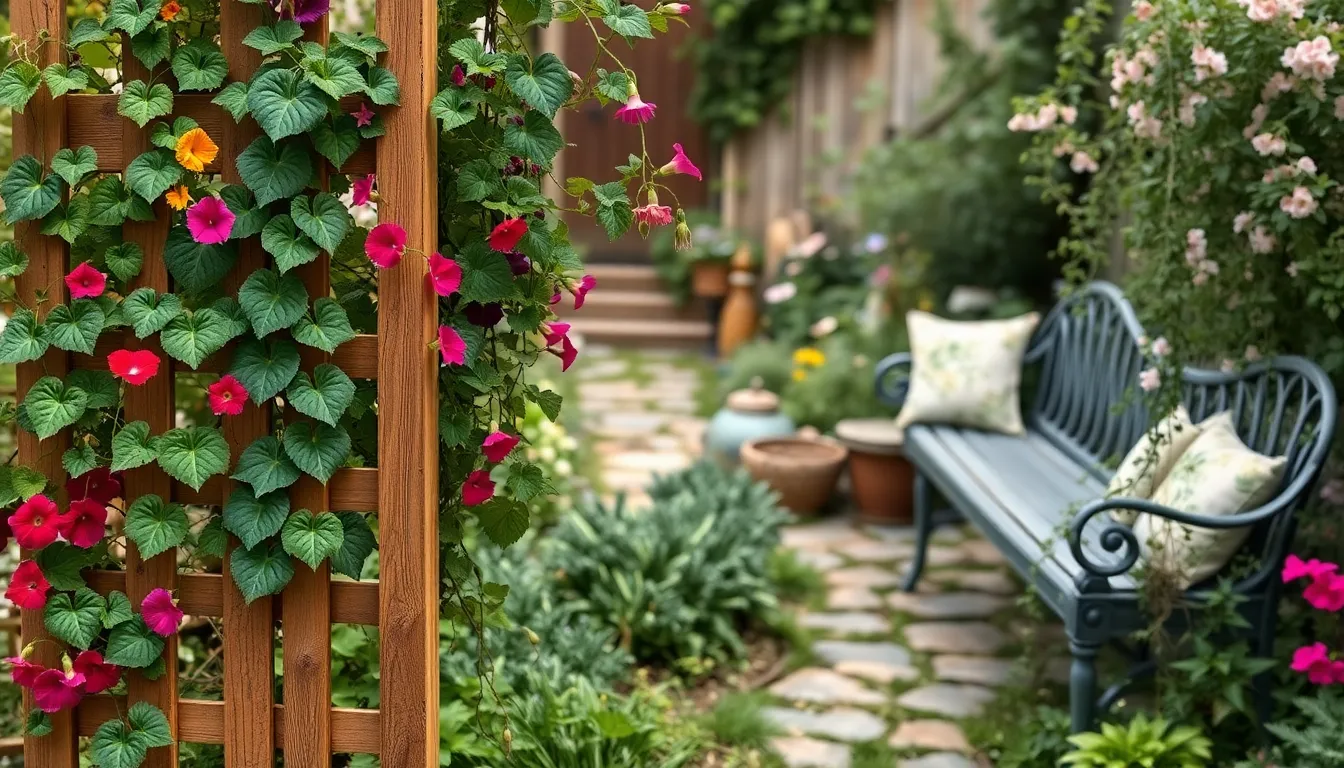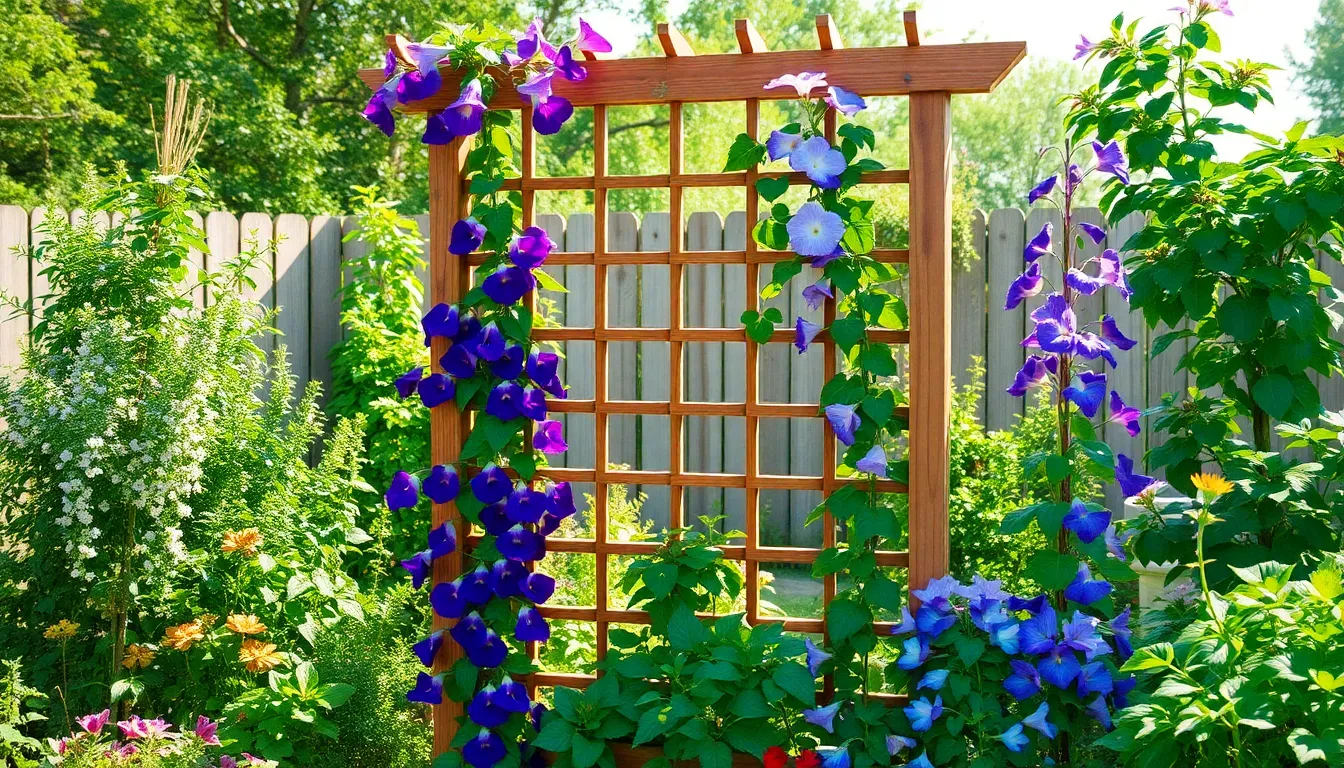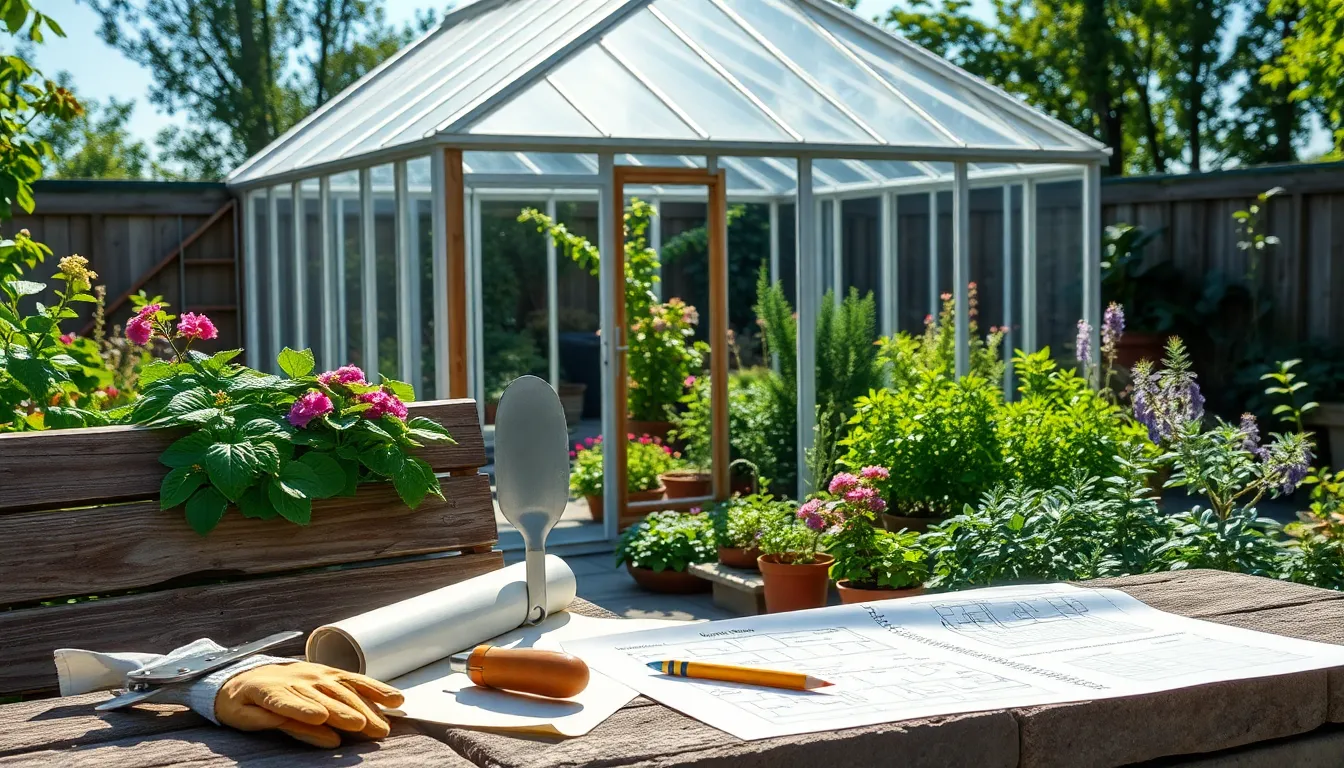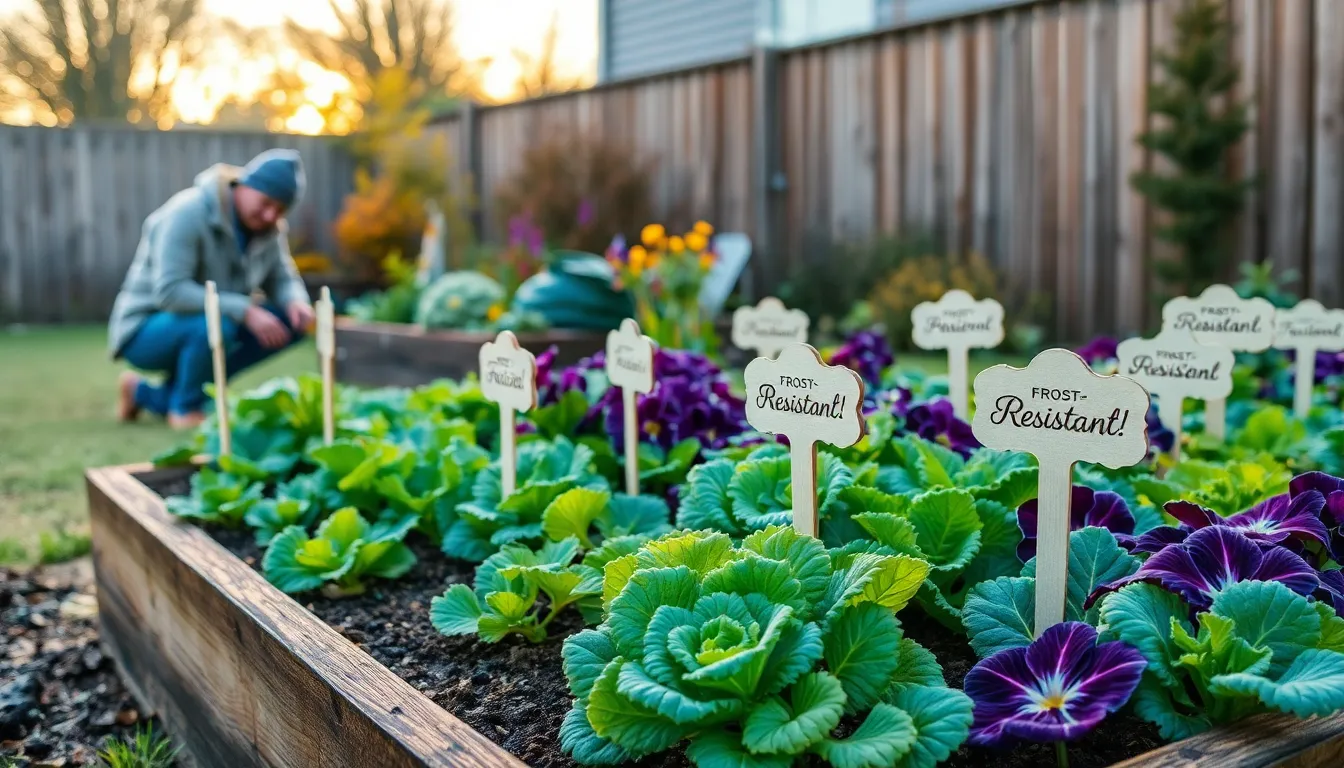Garden trellises, those charming structures that bring a vertical dimension to our cherished green spaces, often seem like a gardener’s dream come true. They offer a picturesque framework for climbing plants, promising a lush tapestry of blooms and foliage that can transform any garden into a vibrant sanctuary. But before you rush to install one in your backyard oasis, it’s worth pausing to consider the flip side of the trellis tale. Yes, even these seemingly perfect additions come with their own set of drawbacks that every gardener, from novice to seasoned, should thoughtfully weigh.
Whether you’re just starting your gardening journey or have years of dirt under your nails, understanding the disadvantages of installing a garden trellis can save you time, effort, and potential disappointment. In this article, we’ll explore some of the less-discussed challenges associated with trellises, such as maintenance demands, space constraints, and potential impacts on plant health. By delving into these topics, you’ll be better equipped to make informed decisions that align with your gardening goals and the unique characteristics of your outdoor space. So, let’s dig into the details and unearth the realities of garden trellises, ensuring your garden grows in harmony with your aspirations.
Limited Plant Choices Available

When installing a garden trellis, you are often limited to climbing plants, which can restrict your plant choices. Climbers like clematis and ivy thrive on trellises, but if you’re hoping to grow shrubs or ground-cover plants, you’ll need to look elsewhere.
For those new to trellis gardening, it’s essential to understand that these structures are best suited for plants that naturally climb or need support. Consider the light and water requirements of your climbing plants to ensure they thrive; for example, clematis prefers moist, well-drained soil and a sunny spot.
Experienced gardeners might explore training non-traditional plants to climb, but this requires additional time and skill. Using techniques like espalier, you can guide certain fruit trees or roses onto a trellis, but this is an advanced method that demands regular pruning and patience.
Consider the growing conditions and maintenance needs of each plant species when choosing what to grow on a trellis. Regularly inspect your trellis for signs of wear and ensure the structure can support the weight of mature plants, especially in windy conditions.
Potential Damage to Structures
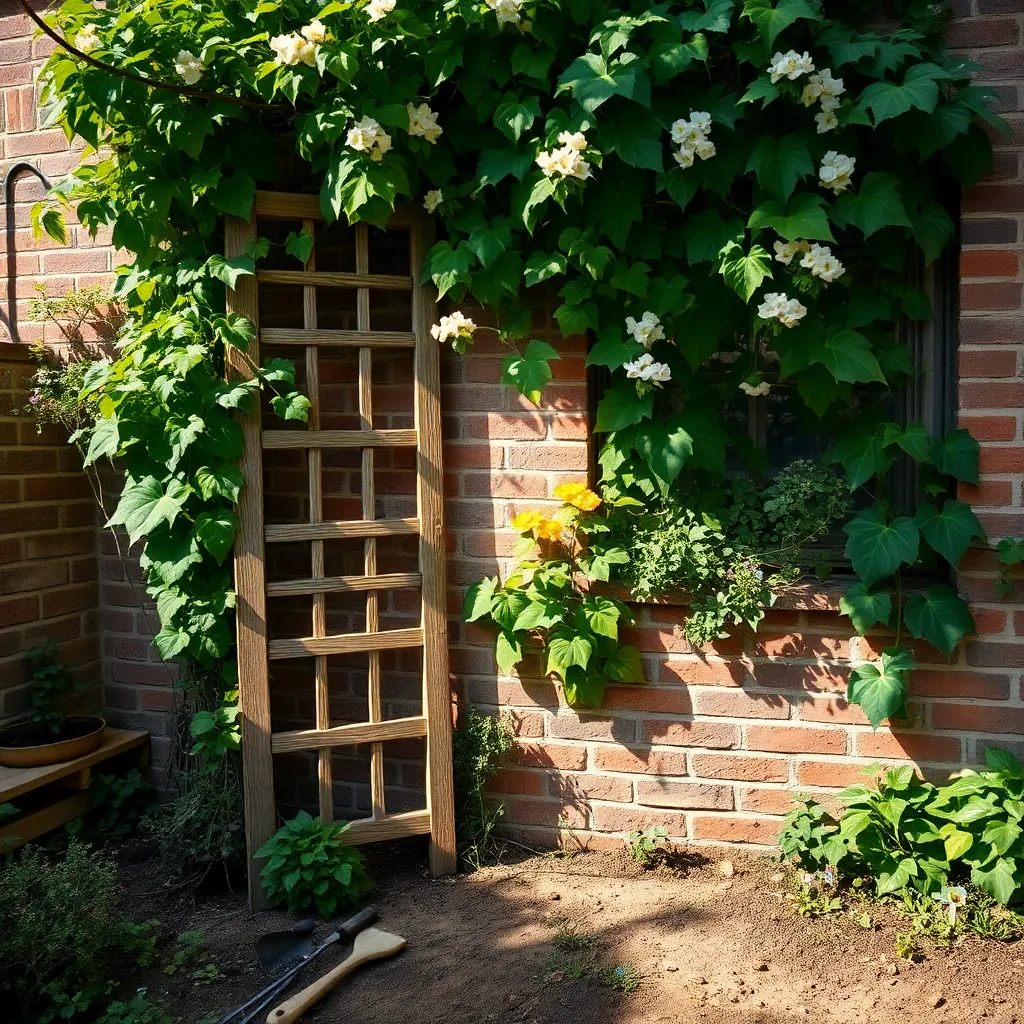
When installing a garden trellis, it’s important to consider the potential damage to nearby structures. Over time, the weight of climbing plants can cause the trellis to lean or even collapse, risking damage to walls or fences it might be attached to.
To minimize this risk, ensure that the trellis is securely anchored and made of durable materials. Regularly check for any signs of wear or instability, particularly after storms or heavy winds, which can exacerbate structural issues.
Another point to consider is the potential for moisture damage. Climbing plants, especially those that retain moisture like ivy, can trap moisture against walls, leading to mildew or rot over time.
To prevent moisture buildup, maintain adequate space between the trellis and any adjacent structures. This allows for proper air circulation, helping to keep both the trellis and the structure dry and well-ventilated.
For those using wooden trellises, consider treating the wood with a weather-resistant sealant. This can prolong the life of the trellis and reduce the risk of decay, which is particularly important in humid or rainy climates.
Maintenance Demands and Challenges
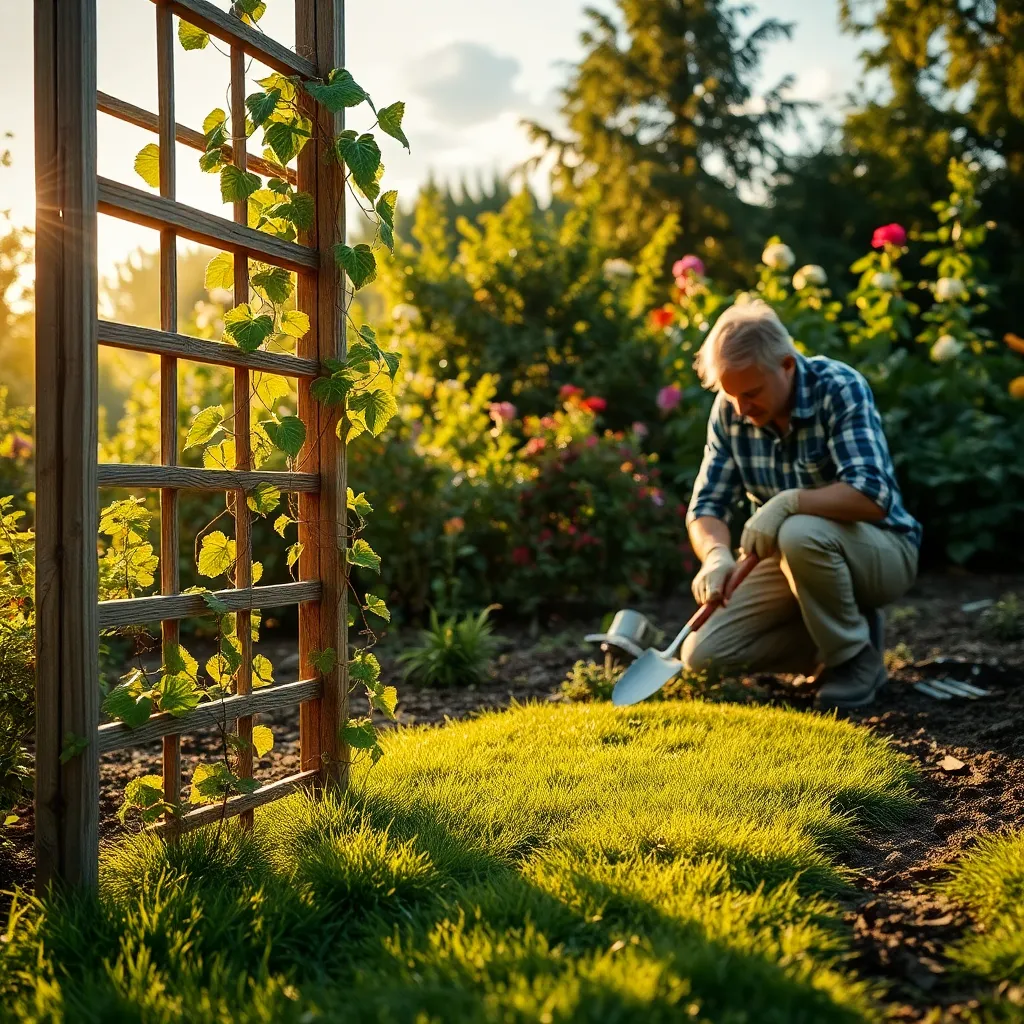
Maintaining a garden trellis can be more labor-intensive than many gardeners initially expect. Regular inspections are essential to ensure that the trellis remains stable and secure, particularly after heavy winds or rainfall.
Plants growing on a trellis often require more frequent pruning to prevent overcrowding and to encourage healthy growth. Ensuring that each plant has adequate support and space is vital to avoid tangling and potential damage.
It’s crucial to choose the right materials for your trellis, as some may require more upkeep than others. Wooden trellises, for example, may need to be treated periodically to prevent rot and insect damage, whereas metal options might require rust-proofing.
For beginners, selecting plants that naturally climb without additional tying can reduce the maintenance burden. However, advanced gardeners might enjoy experimenting with more challenging climbers, which can offer a rewarding experience despite requiring more hands-on care.
Cost Considerations and Budget Impact
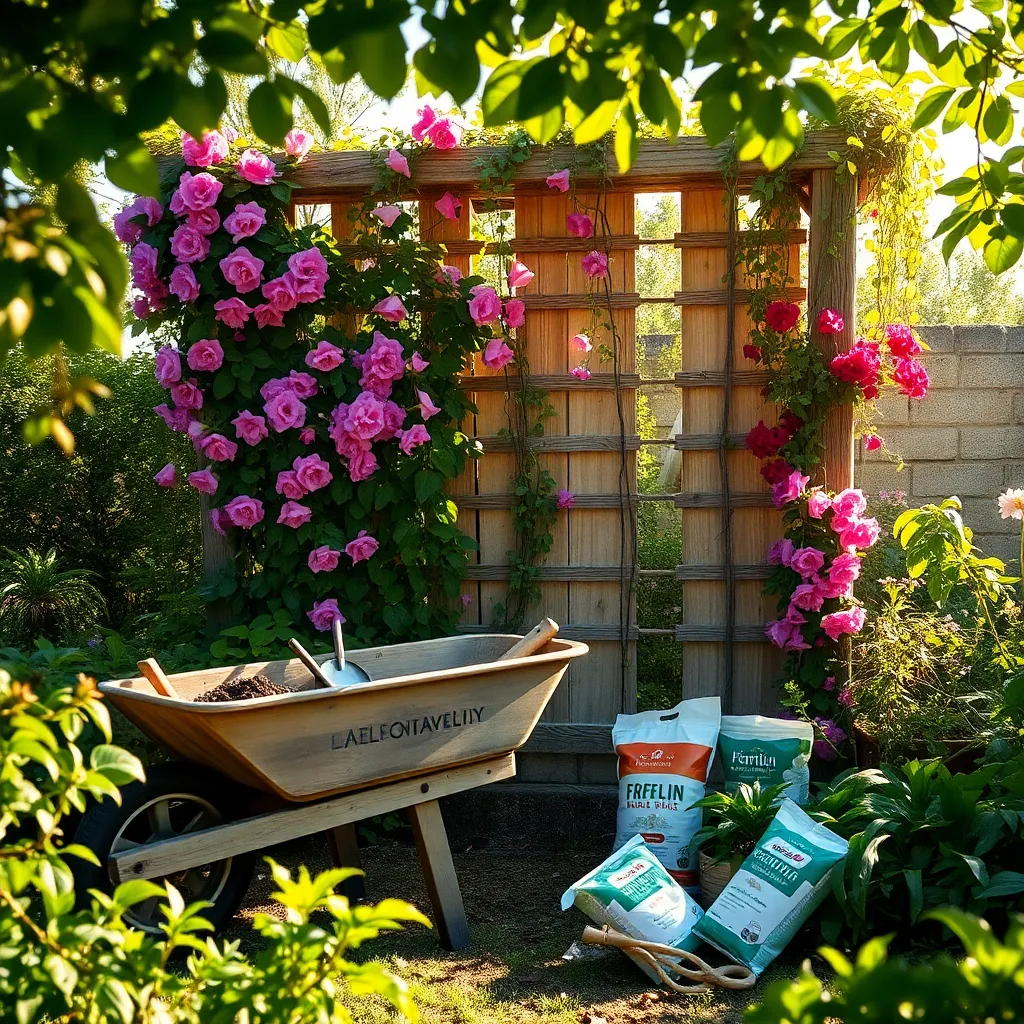
Investing in a garden trellis can initially seem like a significant expense. However, it’s important to consider that a well-constructed trellis can provide substantial benefits over time, such as improved plant health and increased yields. To manage costs, consider using recycled materials like old wood or repurposed metal for a budget-friendly option.
While the up-front cost might be daunting, the long-term savings on plant support materials can offset this initial investment. For gardeners on a tight budget, building your own trellis is a viable solution that allows for customization to suit specific garden needs. Opting for DIY trellis designs can not only save money but also provide a sense of accomplishment.
Maintenance costs should also factor into your budgetary considerations. Regular upkeep, such as treating wood to prevent rot or tightening loose wires, helps extend the life of your trellis. Consider using weather-resistant materials like cedar or treated lumber to minimize ongoing maintenance expenses.
For gardeners with expansive plans, scaling the trellis system can impact your budget significantly. It’s wise to start small and expand gradually as needed, allowing for budget adjustments along the way. This approach ensures you remain within financial limits while still achieving desired results in your garden.
Weather Vulnerability Concerns
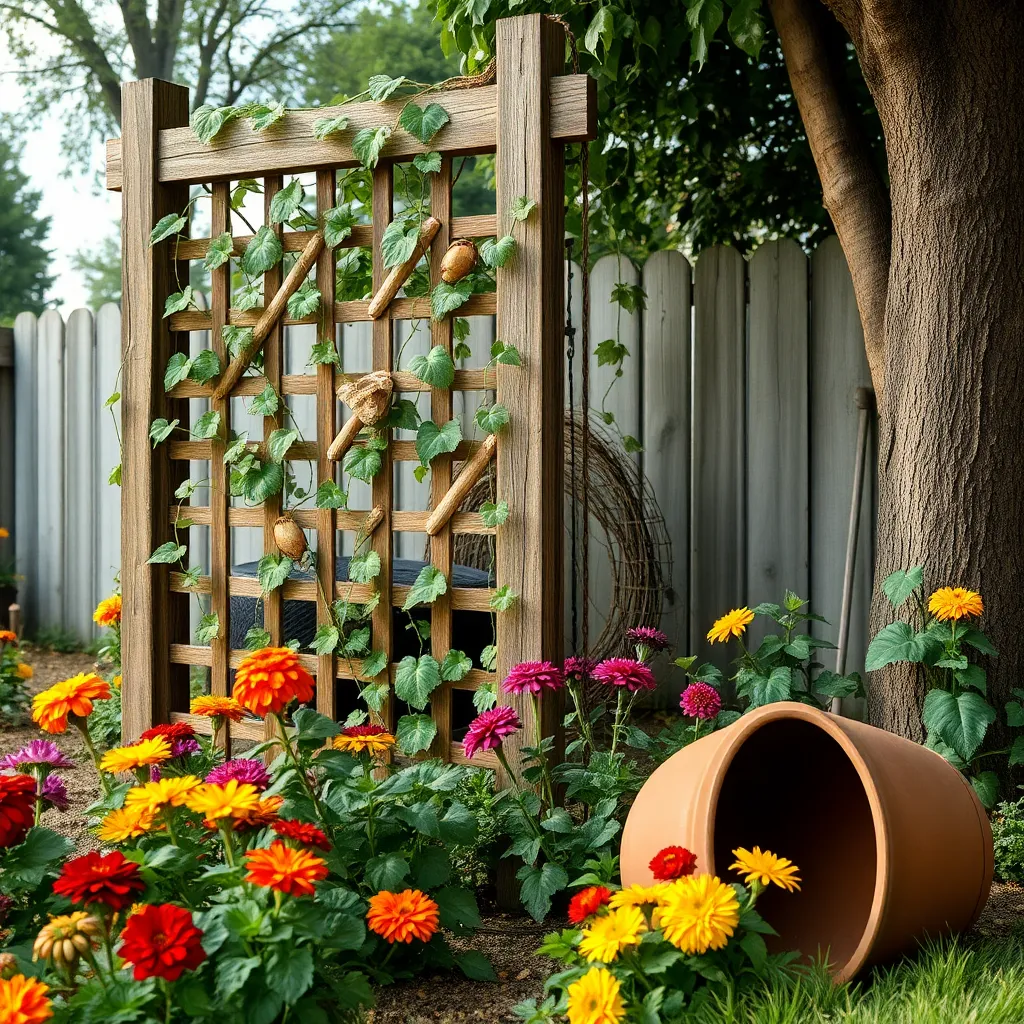
One of the key concerns with installing a garden trellis is its vulnerability to adverse weather conditions. Strong winds can easily topple or damage trellises, especially if they’re not securely anchored.
To mitigate wind damage, ensure your trellis is firmly anchored into the ground using sturdy stakes. Consider using metal or treated wood, which are more resistant to bending or breaking under pressure.
Additionally, consider the impact of heavy rain on your trellis and the plants it supports. Excessive moisture can cause wooden trellises to rot and promote fungal growth on plants.
To protect your plants, ensure proper drainage around the trellis base by amending the soil with organic matter like compost. For beginner gardeners, consider using a weather-resistant sealant on wooden structures to prolong their lifespan.
Temperature fluctuations can also affect the stability and function of a trellis. High heat can weaken materials, while cold can make them brittle.
For those in regions with extreme temperatures, investing in a trellis made from composite materials might be worthwhile. These materials are designed to withstand a wide range of temperature variations without degrading quickly.
Conclusion: Growing Success with These Plants
In exploring the ‘Disadvantages Of Install A Garden Trellis,’ we unearthed five pivotal relationship concepts: the importance of communication in managing expectations, the art of compromise when addressing partner preferences, the value of patience in nurturing growth, the role of shared responsibilities in preventing resentment, and the power of adaptability in overcoming unforeseen challenges. These insights remind us that relationships, much like a garden, require thoughtful attention and care to flourish.
As your actionable next step, engage in an open dialogue with your partner about any relationship “trellises” you might be facing—metaphors for those structures that, while seemingly supportive, might complicate your growth. This conversation can illuminate areas for improvement and deepen your mutual understanding.
To ensure you have these valuable insights at your fingertips, save or bookmark this article now. It can serve as a guiding light during times when you need to revisit these essential concepts.
Remember, investing in your relationship today sets the foundation for a thriving partnership tomorrow. With each step taken with intention and care, you are paving the way for enduring relationship success.

